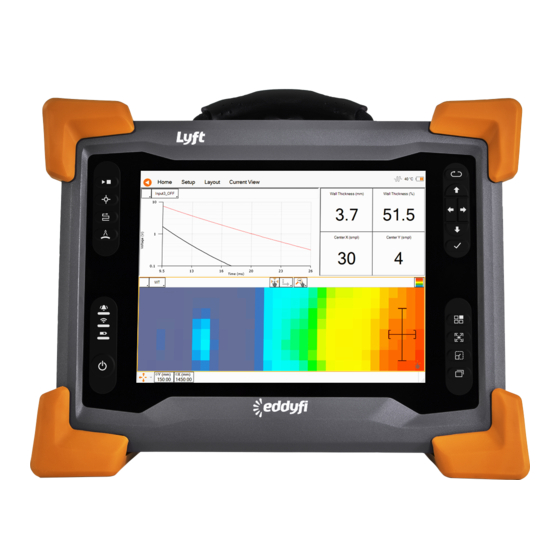
Eddyfi Technologies LYFT Manuals
Manuals and User Guides for Eddyfi Technologies LYFT. We have 1 Eddyfi Technologies LYFT manual available for free PDF download: User Manual
Eddyfi Technologies LYFT User Manual (123 pages)
Brand: Eddyfi Technologies
|
Category: Scanner
|
Size: 4 MB
Table of Contents
Advertisement
